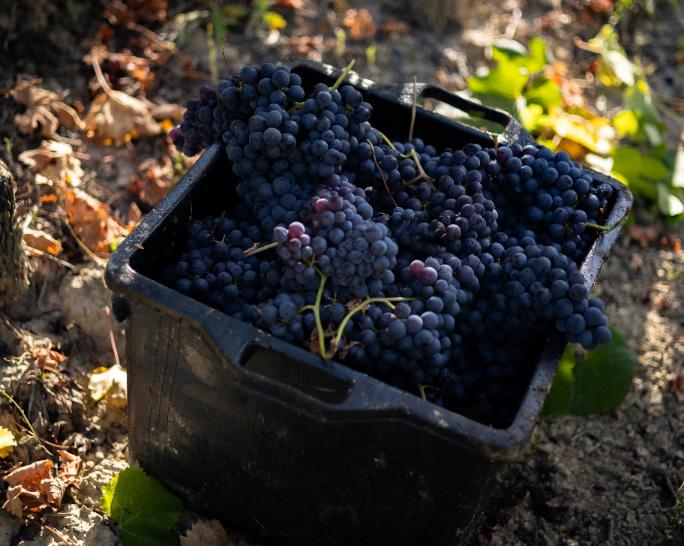What to do before a grape harvest
The best moment to pick grapes is when they reach the ideal degree of ripeness. If until a century ago there was no scientific approach to determine it, today the oenologist has several tools at his disposal. So here’s what to do before the harvest: measure and analyze the parameters to determine the degree of ripeness of the grapes. Let’s analyze the three main ones below:
Given the delicacy of this last parameter, it is important to know what the sugar content of the grape is: the quality of the wine that corresponds to the percentage of sugar in the must, usually measured in kilograms of sugar per quintal of must. Here is how to measure the sugar content of wine: the most common instruments are refractometers, which measure the variation in the refractive angle of the must, and must saccharimeters, which measure its density. The Klosterneuburg Must Weight Scale (KMW) goes from 0 to 34 and is one of the reference units of measurement for determining the sugar content of wines; it is based on the measurement of density and grows with the increase of dissolved sugars.
The best time to harvest grapes, in a final analysis, occurs when there is a coincidence between phenolic, aromatic and technological ripening. It is easy to understand at this point that the perfect moment is difficult to establish: it is a delicate play of balances, a midpoint between these three factors, which takes into account the type of wine we want to produce, in addition to the eye and intuition of the winemaker.
How many types of harvest are there?
Once the most convenient time to pick the grapes has been determined, it is time to move on to more practical activities. If you are wondering how many types of harvest there are, we can say that that of grapes typically takes place in two ways: manual harvesting and mechanical harvesting:
- Manual harvesting is a traditional technique and the one that allows greater control over the production and quality of the grapes; the operators directly select the bunches and place them in the harvest baskets to be then transferred to the cellar and begin the vinification. Some varieties require manual harvesting.
- Mechanical harvesting uses special tools like harvesting machines that shake the vines and harvest the grapes; it is a faster technique but at the same time less selective.
At Boroli, the grapes are harvested exclusively by hand, following tradition, rigour and direct contact between man and vine. A quality that becomes a dedication in the atavistic gesture of the collection, a moment of celebration and a celebration of excellence.






